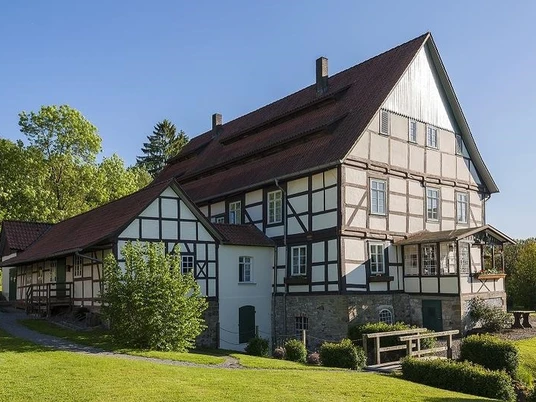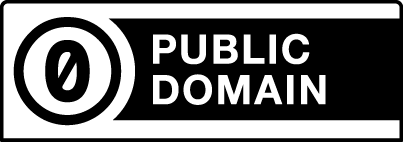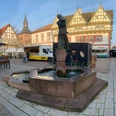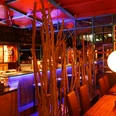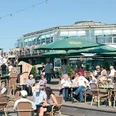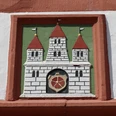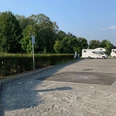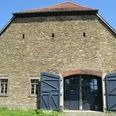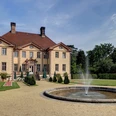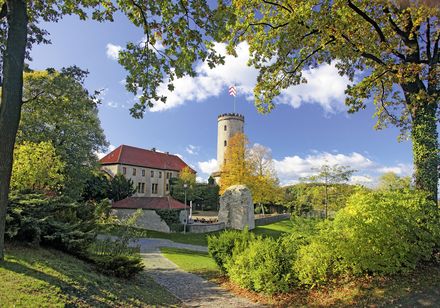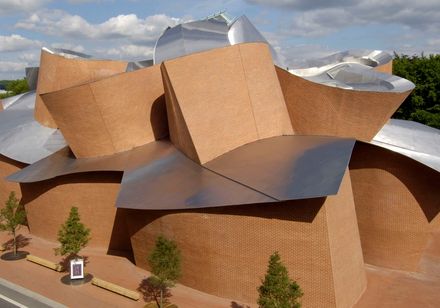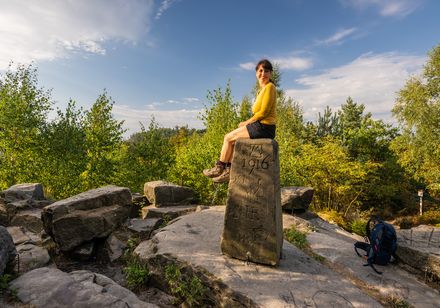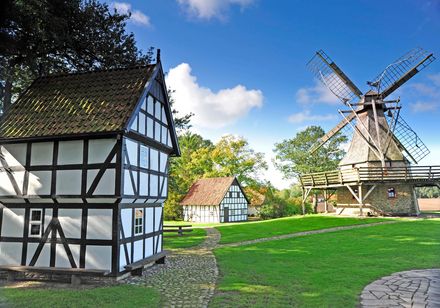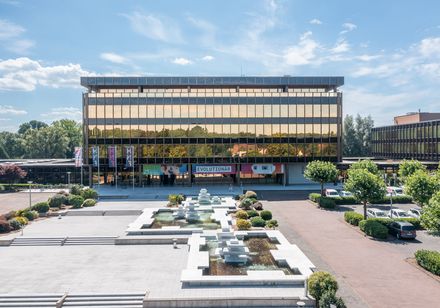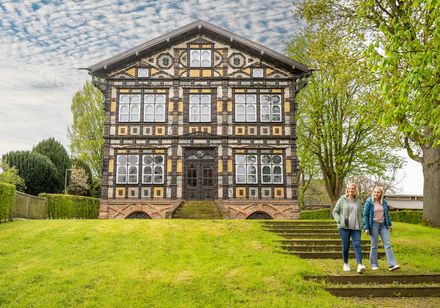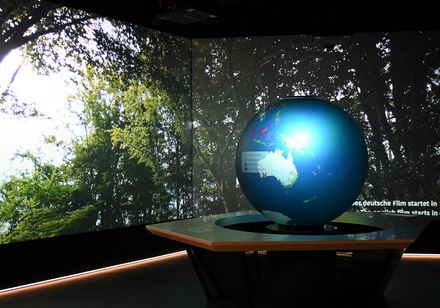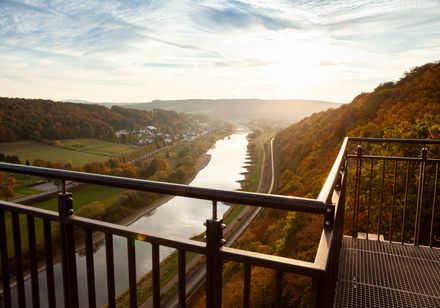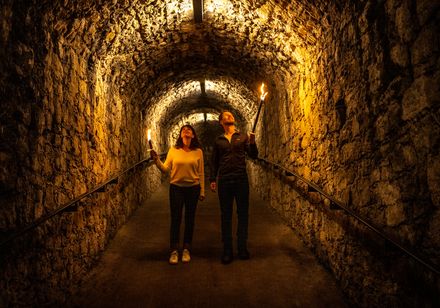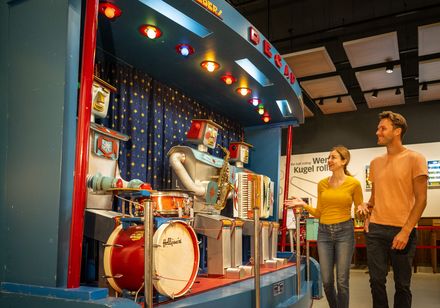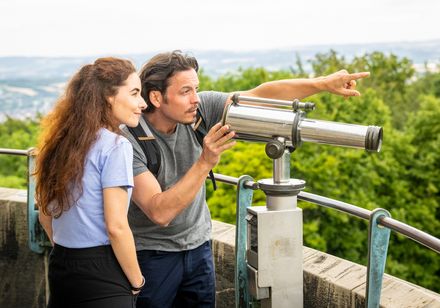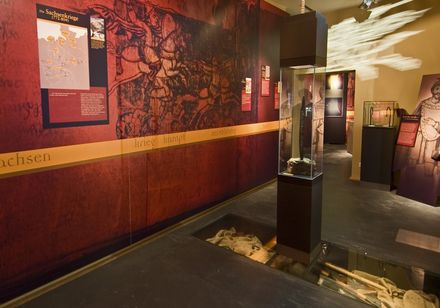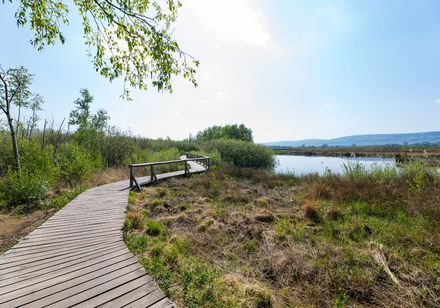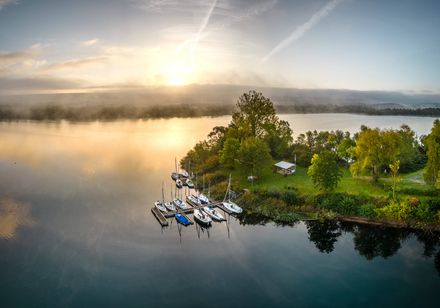The history of the Plöger paper mill
For almost 300 years, the pure and soft water of the Niese near Schieder was used by the Plöger family to produce paper.
The paper mill building has existed for around the same length of time, since 1703. Its economic use is impressively revealed to visitors by the ventilation dormers in the roof areas and the two covered water wheels.
Until 1870/72, handmade paper was produced in various formats for law firms, the post office and for many administrative offices.
From the second half of the 19th century, the invention of the paper machine (Fourdrinier paper machine in 1798, cylinder mould machine in 1805) and groundwood pulp as a raw material (1843/44) led to the mass production of paper by machine. Like many other smaller paper manufacturers, the Plöger family had to adapt to the changed economic conditions in the course of industrialization. The production of paper by hand was discontinued. This was mainly replaced by the manufacture of file covers using the cylinder mould machine acquired towards the end of the 19th century, which was driven by water power.
In addition, the raw material of rags was gradually replaced by waste paper, which was also processed in the newly built pan mill. In order to have enough space for these modernization measures, the mill was considerably extended to the south.
The almost complete mechanical equipment still dates from that time (approx. 1870-1890), as the production of file covers was continued under almost unchanged conditions by 8 generations of the Plöger family until 1989.
In addition to mill production, the Plöger family has been farming from the very beginning; in 1962, parts of the residential wing of the paper mill were also converted into a guesthouse. Former barns and operating rooms were later converted into apartments. These still exist today, supplemented by a few vacation apartments on the Plöger site.
After the paper mill ceased to be used economically in 1989, the Schieder local history association has been dedicated to the preservation, restoration and museum use of this property as a sponsor and tenant since 1992. In the years up to 2000, the paper mill was renovated with the help of the monument authority, the NRW Foundation, the district of Lippe, the Detmold district government, the town of Schieder-Schwalenberg and many other sponsors.
Since the Heimatverein was founded in 1992, its approximately 120 members have been successfully promoting the interests of the technical cultural monument "Papiermühle Plöger" with targeted activities. The non-profit association endeavors to raise funds for the acquisition of rights of use, for structural protection and preservation, and lobbies public authorities to ensure that this cultural heritage is preserved for posterity. It also offers information events and regular guided tours on the history of the building and the craft of paper and cardboard production.
Good to know
Openings
May to October
Sundays and public holidays: 10.00-12.00, 15.00-17.00
Additional guided tours outside opening hours by arrangement
Price info
Price adult: €2.00
Price child: €1.00
General information
Parking Available
Eligibility
for Children of the age of 10 upwards
Other Furnishing/Equipment
Toilet
Directions & Parking facilities
You can get off the bus at the "Domäne" stop and then walk about 1.2 km.
License (master data)
Lippe Tourismus & Marketing GmbH
Nearby
